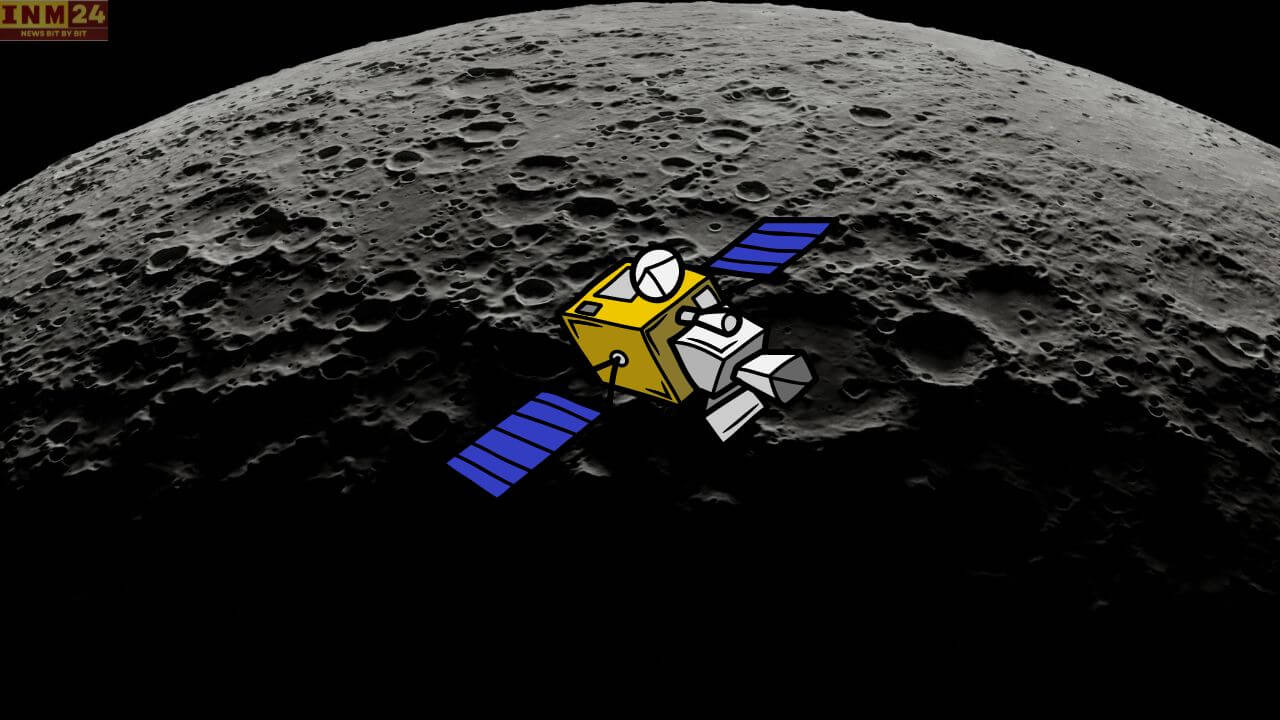In a renewed race to explore the Moon, NASA has once again stepped into the arena. The Moon, Earth’s closest celestial neighbor, has recently witnessed exploration missions from India and Japan. Now, after 50 years, the United States has made a remarkable return to the lunar surface with its Odyssey Lander. This article explores the significance of America’s lunar mission and the payloads it carries.
Odyssey Lander’s Mission: Launched on February 15th, the Odyssey Lander is a private spacecraft developed by Intuitive Machines, a U.S.-based company specializing in space exploration technology. The mission marks a historic moment as it is the first time the United States has landed on the Moon since the Apollo 17 mission in 1972.
Payloads on Board,NASA has equipped the Odyssey Lander with several payloads aimed at conducting diverse scientific experiments and measurements on the lunar surface. Let’s delve into some of the key payloads
-
LN-1 (Radio Navigation and Communication CubeSat)
- Description: A small-sized hardware designed for radio navigation and communication purposes.
- Future Technology: LN-1 incorporates technology that will automatically function in future missions, contributing to advancements in space exploration.
-
Laser Retro-Reflector Array
- Description: An array consisting of eight retro-reflectors designed to send light back in the same direction from which it came.
- Purpose: This array aids in precise measurements of altitude and velocity during the landing phase.
-
Navigation Doppler Lidar
- Description: LIDAR (Light Detection and Ranging) payload for accurately determining altitude and velocity during landing.
- Importance: Essential for ensuring a safe and controlled descent to the lunar surface.
-
SCALPSS (Surface CHeckout for Aliveness, Presence, Structure, and Stability)
- Description: Four small cameras located near Odyssey’s base to capture images and footage during landing.
- Mission Role: Provides crucial information on how the spacecraft interacts with the lunar surface, including potential hazards.
-
Radio Frequency Mass Gauge
- Description: A payload utilizing radio waves and antennas to precisely measure the amount of propellant in the spacecraft’s tanks.
- Utility: Essential for managing propellant consumption during long-duration missions.
Significance of the Mission: The successful landing of the Odyssey Lander marks a significant achievement for NASA and the United States. The renewed interest in lunar exploration aligns with the broader goals of expanding human presence beyond Earth and preparing for future manned missions to the Moon and beyond.
As the Odyssey Lander begins its mission on the lunar surface, the scientific community eagerly awaits the valuable data and insights it will provide. The successful return of the United States to the Moon signifies a new era of lunar exploration, paving the way for future advancements in space exploration technology and international collaboration in space endeavors.
